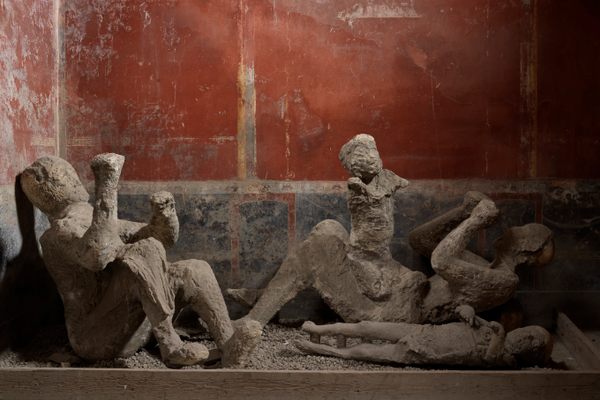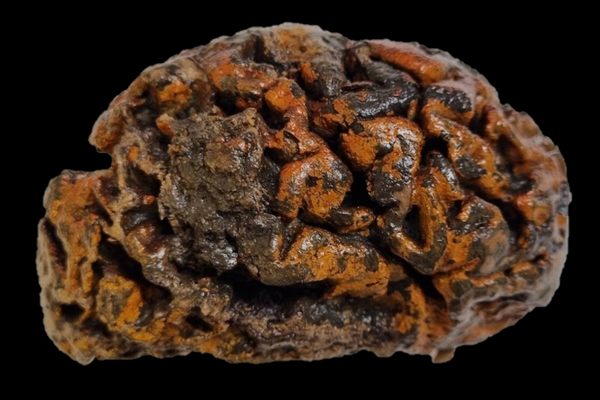Found: A Seal That May Have Belonged to a Biblical Courtier
If you know of another Nathan-Melech, this is your chance to speak up.

In 586 BC, King Nebuchadnezzar II of Babylonia ordered the destruction of the First Temple in Jerusalem. The siege may have precipitated the exile of Jews to Babylonia and the creation of a Jewish diaspora (the exile may have also begun earlier), but the Babylonians failed to destroy all traces of Temple-era life. One such artifact has just turned up in an excavation, and it may have belonged to a royal courtier personally named in the Bible.
The bulla, a piece of clay impressed with a seal and used to sign letters, was found in the Givati Parking Lot, which since 2007 has been Jerusalem’s largest active excavation site. According to Anat Mendel-Geberovich, a scholar at the Hebrew University of Jerusalem who deciphered the bulla, its seal bears the words “(belonging) to Nathan-Melech, Servant of the King” (or LeNathan-Melech Eved HaMelech, in Hebrew transliteration), and the script dates back to sometime between the middle of the seventh century and the beginning of the sixth century BC. That lines up fairly well with the reign of King Josiah (circa 640-609 BC), whose servant Nathan-Melech is mentioned once in the Bible, at 2 Kings 23:11.
The passage, as provided by Haaretz, tells us that King Josiah “took away the horses that the kings of Judah had given to the sun,” and that “by the chamber of Nathan-Melech the chamberlain” he “burned the chariots of the sun with fire.” It refers, in other words, to Josiah’s efforts to crack down on idol worship and re-emphasize Judaism’s monotheistic tenets. This was only part of Josiah’s religious reform campaign, which also closed down local sanctuaries and thus established the Jerusalem Temple as the definitive center of Jewish religious life.

The timing is only one indication that the Nathan-Melech of the bulla and of the Bible are one and the same. It’s also telling that the bulla was found in what was a large public building built from finely carved ashlar stones, and bearing remnants of a polished plaster floor fit for a place of official prominence. In a press release, Mendel-Geberovich also pointed out that the seal only features Nathan-Melech’s first name, suggesting that he was sufficiently well known to render further details unnecessary.
While the details seem to point that way, Mendel-Geberovich acknowledged that it’s ultimately impossible to prove beyond all doubt that the two texts refer to the same figure. Whatever the case, surely none of the Nathan-Melechs hanging out in Jerusalem 2,600 years ago expected to be making headlines after nearly three millennia.










Follow us on Twitter to get the latest on the world's hidden wonders.
Like us on Facebook to get the latest on the world's hidden wonders.
Follow us on Twitter Like us on Facebook